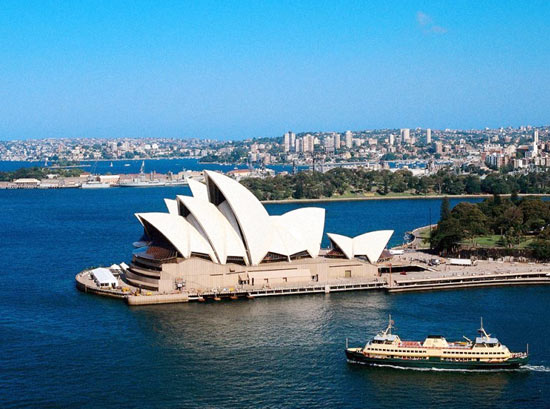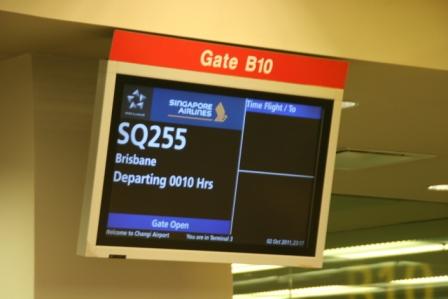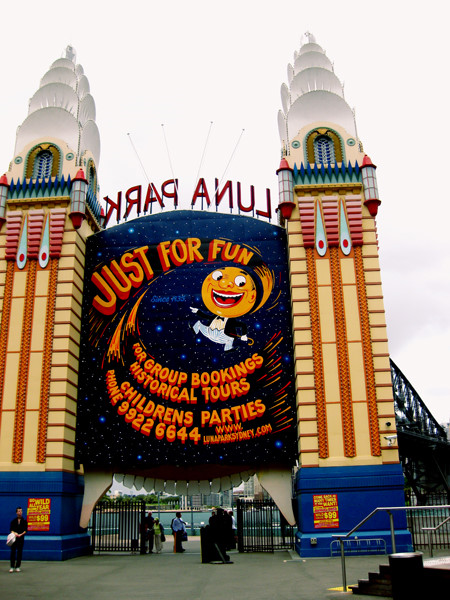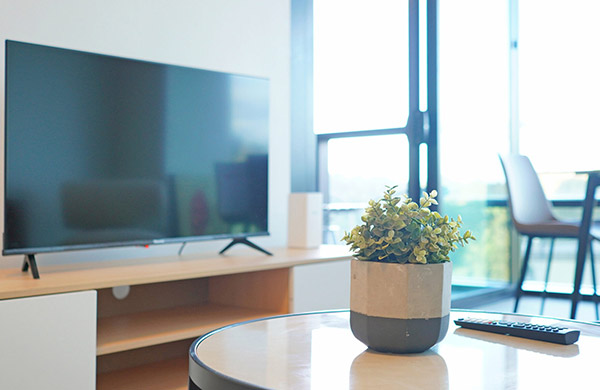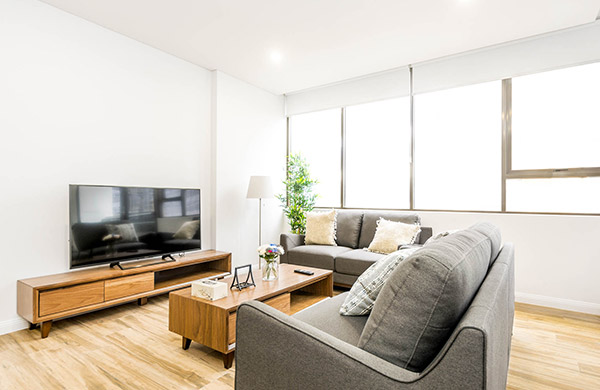Travel Guides and Stories
Touring Australia for 18 Days - Climbing the Grampians
Touring Australia for 18 Days - Climbing the Grampians
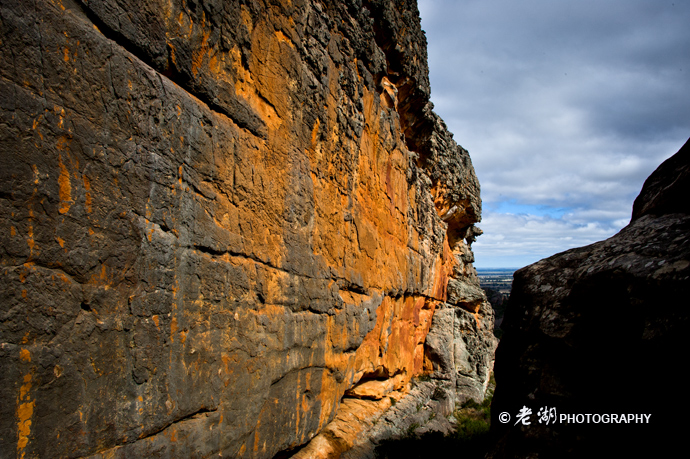
During my travels, I discovered that many truly worthwhile scenic spots remain unvisited due to their challenging accessibility, getting lost in the vast sea of tourist reviews. While visitors to Australia all know about the Great Ocean Road, Gold Coast, and Great Barrier Reef, few are aware of a magical ancient land near the Great Ocean Road - the Grampians National Park. If we hadn't joined a three-day Great Ocean Road tour and been led there by our guide, we might have missed this excellent opportunity to climb the Grampians.
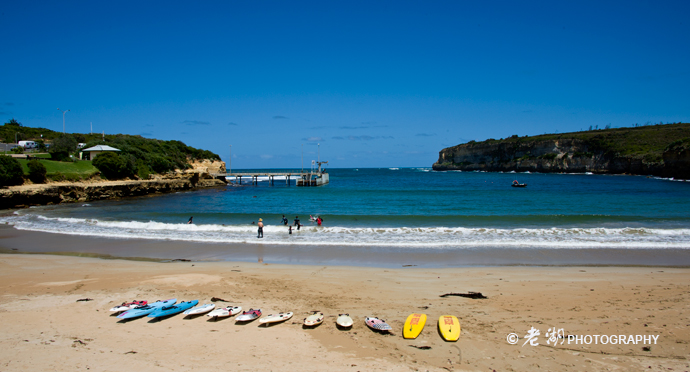
On February 12, 2011, our second day on the Great Ocean Road tour, we arrived around noon at Warrnambool, known as the home of whales. It's said that between June and September, you can watch Southern Right Whales playing at Logan's Beach. Unfortunately, we weren't there during the prime viewing season, so we didn't see any whales. For lunch, we had a quick meal at a table near the beach, enjoying the beautiful seaside view while eating.
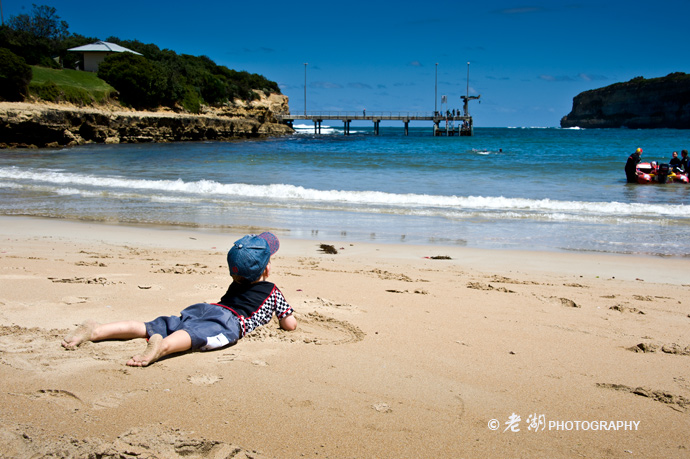
Warrnambool is not just a whale watching destination, but also a popular holiday spot where people swim, surf, and fish. Many people were fishing on the pier in the middle of the beach, making me, a fishing enthusiast, quite envious. That would be true relaxation if I had time for such a holiday. Although people around me think I'm already quite leisurely, compared to these folks, I'm just another hurried tourist. Groups of children were playing by the sea, some with adults, others on school trips. I saw a very lively little boy on the beach who often wandered away from his mother to play alone. Watching him lying on the sand, quietly gazing at the sea, I realized that daydreaming isn't just an adult's privilege...

Many little ones were very active on the beach, keeping busy in the sand, making our group laugh heartily. This little fellow was dragging a surfboard almost as long as himself - I couldn't figure out what he was planning to do! I quickly finished my meal and grabbed my camera, following the children from a distance to photograph them. The children's innocence and cuteness made the beach feel even more natural.
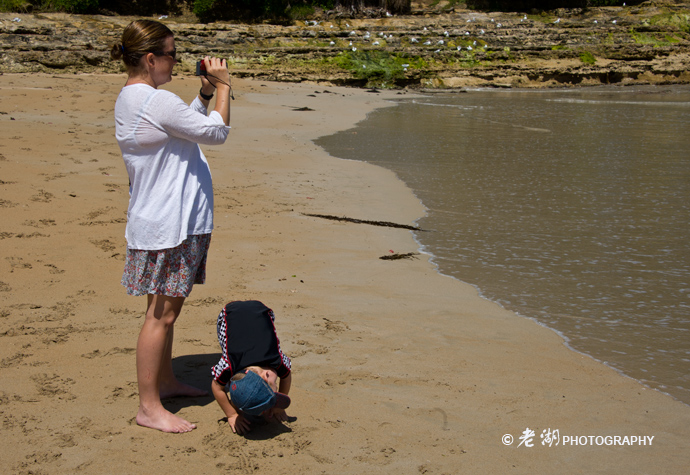
While adults were busy sightseeing and taking photos, children had their own fun. Though they couldn't go into the water to play in the waves, they found their own ways to enjoy themselves. This little one daydreaming on the beach rushed over when he saw his mother taking photos by the sea, looking left and right, then bending down to peek at the ocean - perhaps he saw something through his eyes that we couldn't see...
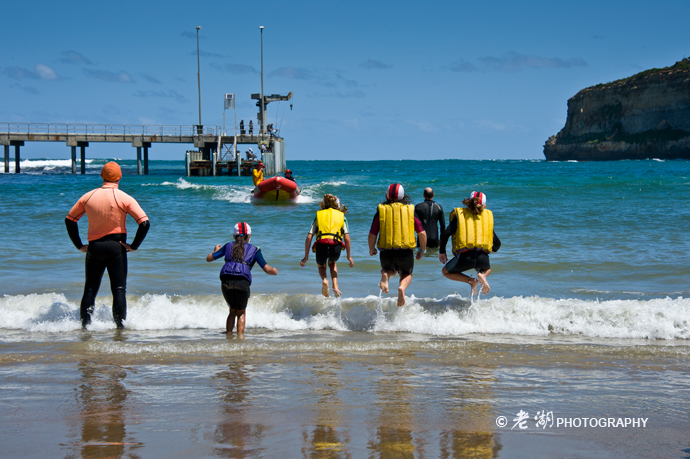
There were many schoolchildren playing on the beach, probably organized by their school to ride jet boats on the sea. Groups of children in life jackets waited for the boats under their instructors' guidance. Though they weren't brave enough to surf yet, jumping in the waves brought them plenty of joy. Every time a wave rushed in, their shouts and screams filled the air. This was the most crowded beach I saw on the Great Ocean Road. After lunch, everyone lingered there for quite a while, taking photos, sunbathing, and resting before we set off again.

By just before 4 PM, we had completed the entire Great Ocean Road, reluctantly leaving the beautiful coastline behind. Our guide Luke drove us inland to Tower Hill, a dormant volcano that is now a wildlife paradise. Wild horses, kangaroos, koalas, and various bird species could be seen all along the way. We stopped several times, hoping to photograph these wild animals, but unlike in a zoo, they quickly disappeared before we could take pictures. Eventually, we stopped trying to take photos and simply enjoyed watching them when we spotted any.
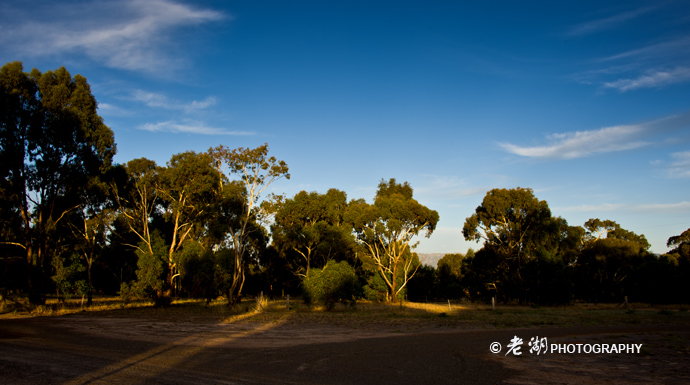
At 8 PM, our vehicle entered a very remote area. The road noticeably narrowed, and we could see kangaroos and wild horses crossing in front of our car. The road was lined with forests and bushland, natural and beautiful. Guide Luke said this was the Grampians National Park area, and our campsite for the night was ahead. The next day we would set out from here to climb the northern mountains of the Grampians, exploring mysterious legends and ancient indigenous culture.

The Grampians National Park is one of Australia's largest national parks. Tectonic movements 400 million years ago created massive rock mountain ranges in the forest. The Grampians are not only spectacular in scenery but also rich in flora and fauna. According to information, most of Victoria's aboriginal sites are in the Grampians. Aboriginal tribes have had connections with this land for over 22,000 years, calling it Gariwerd. There are ancient hearths and 60 rock art sites here, with over 4,000 aboriginal paintings on rock walls becoming precious historical relics. Unfortunately, few Chinese tourists visit here. Our visit was also just a quick overview, with less than a day's time, climbing only Hollow Mountain in the Northern Grampians. We regrettably couldn't visit the beautiful Lake Bellfield and Lake Wartook shown in the brochures.
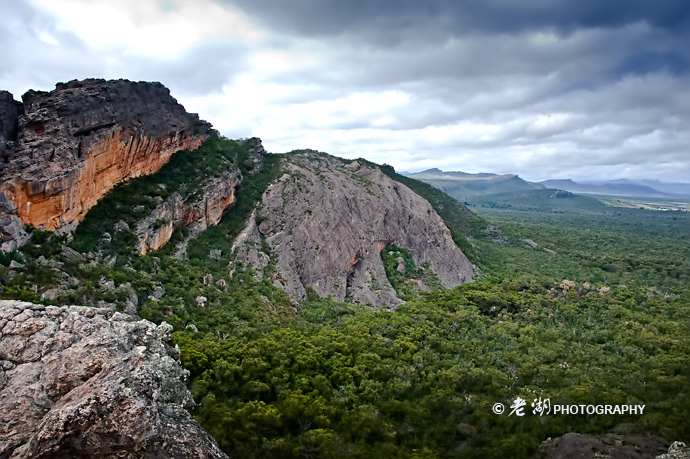
On February 13, 2011, around 9 AM, we arrived at the foot of Hollow Mountain in the Northern Grampians. Luke introduced the ancient history of the Grampians, though I couldn't understand much. Only after returning and researching did I discover how many historical sites there were. This route required climbing to the summit of Hollow Mountain, with a round trip taking about two hours.
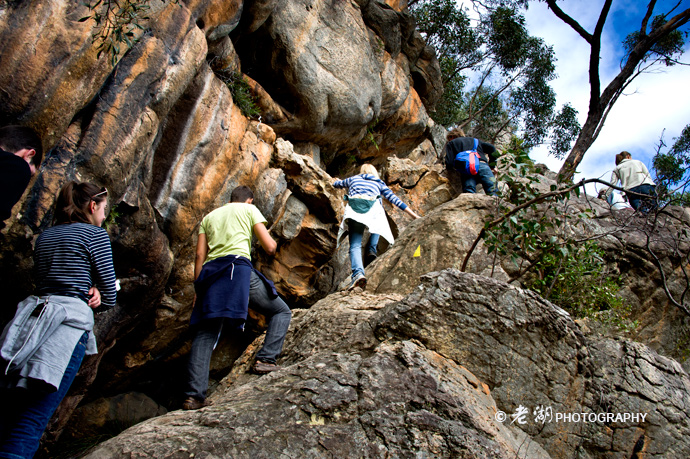
Although Hollow Mountain isn't very high, climbing it is quite dangerous. To preserve the natural ecology, most areas don't have constructed paths - you have to climb through rock crevices, and some viewpoints are only accessible with others' help. Though our group included two elderly couples, they seemed very fit and didn't slow the group down at all. I was actually the one falling behind, taking photos at the back.
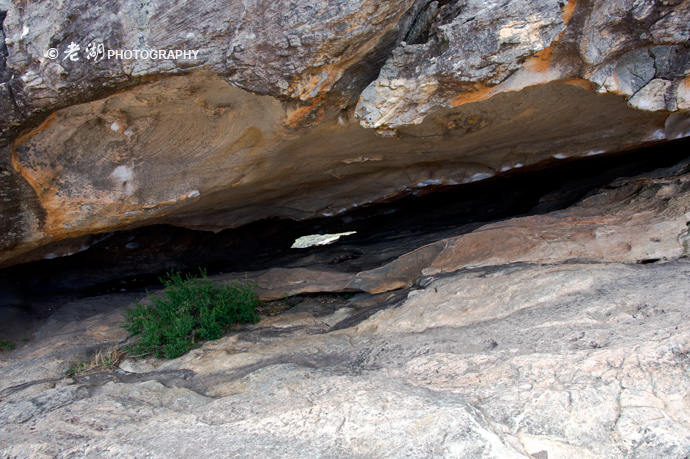
Reaching a summit's end, I found everyone had disappeared and there seemed to be no way forward. Then I noticed a cave - everyone must have gone through it. At first, I thought the hole was too small to pass through, but when I carefully crawled through with my camera, I found it was just big enough for one person. Coming out the other side revealed an amazing view, and looking up, I saw everyone on the summit.
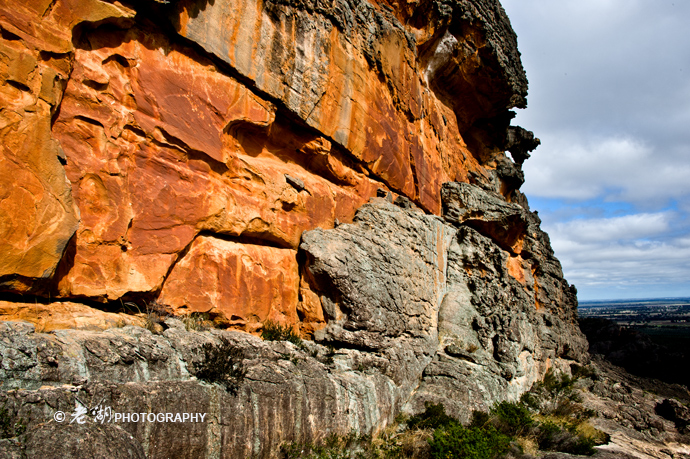
The Grampians has the famous Bunjil's Shelter, featuring rock art depicting the legendary creator Bunjil with two Australian dingoes. Walking around Ngamadjidj Shelter, you can see wall paintings of the Ngamadjidj spirit dancing with white figures. Gulgurn Manja means "young people's hands," and this shelter in the northern Grampians we visited is covered with small red handprints.
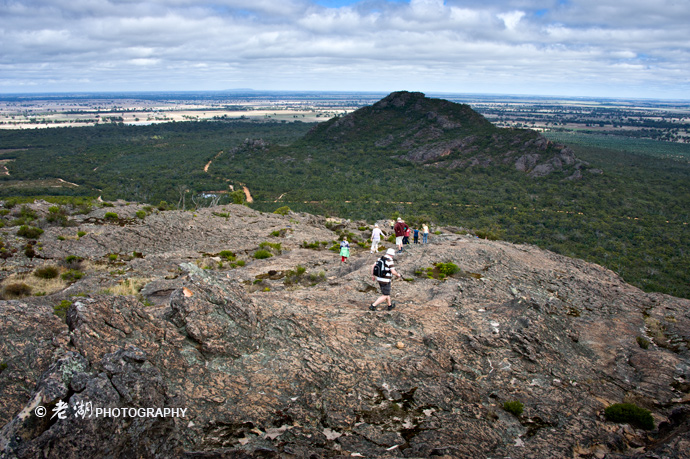
Walking on the rocky summit, we could see the forest below looking like small shrubs, with endless plains in the distance. There were perfect photo spots everywhere, but unfortunately, the weather wasn't cooperating - thick clouds covered the blue sky. I kept hoping for sudden sunshine, but the miracle we experienced on the Great Ocean Road didn't repeat itself. Even more regrettably, I had forgotten to change the ISO back from 500. Although the D3's high ISO performance is still quite powerful, the photos' details don't hold up to close scrutiny.
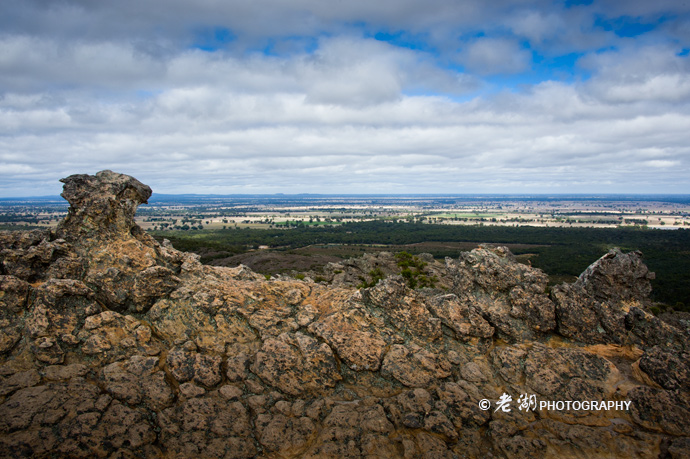
According to Australia's official website, besides fishing or boating on Lake Bellfield and Lake Wartook, and getting close to native animals like koalas, kangaroos, emus, and wedge-tailed eagles, visitors to the Grampians can also go to Mt Arapiles-Tooan State Park to climb rugged rock faces. A bit further is Little Desert National Park. It seems impossible to fully explore the Grampians without at least a week's time.
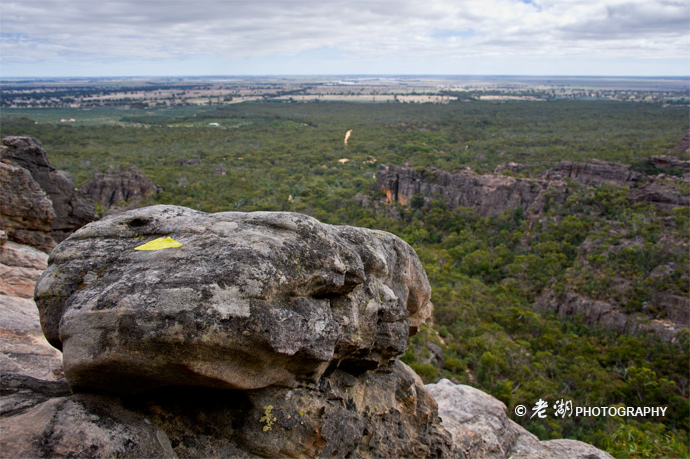
Everyone walked quickly, and we always ended up last. Each time we caught up, after taking photos, we'd find everyone had gone ahead. However, there were yellow triangular arrows marking the climbing route. Several times it seemed there was no way forward, but following the markers would reveal the path beneath our feet. Hollow Mountain is completely rocky, with just red cliffs and hard boulders - it feels like the remains of volcanic lava after an eruption.
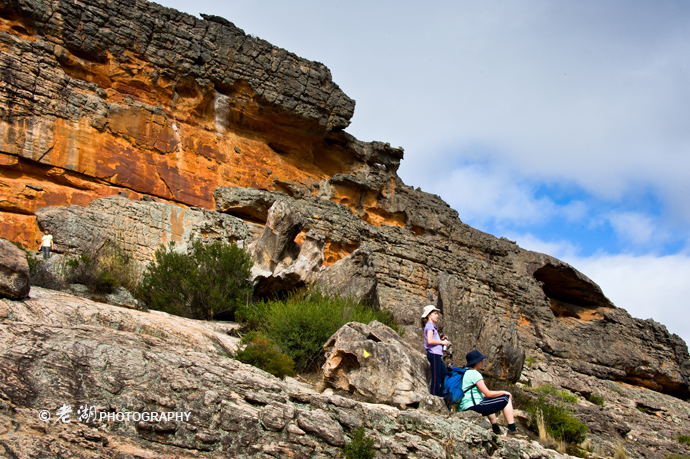
We climbed along the cliff face the whole way. Carrying my large camera made it much harder to walk - I only dared take photos when I had secure footing. Our foreign teammates almost all had compact cameras that they could slip into their pockets after shooting, making me quite envious. I was the only one in the group with a professional DSLR, which seemed a bit excessive. My teammates would pull out their small cameras for quick shots when they saw beautiful scenery, and they also liked to sit down, look at the view, and daydream. But carrying my large DSLR not only made climbing tense but also meant spending lots of time taking photos. I wonder if next time I should just bring a compact camera to truly enjoy traveling rather than constantly being busy with photography...
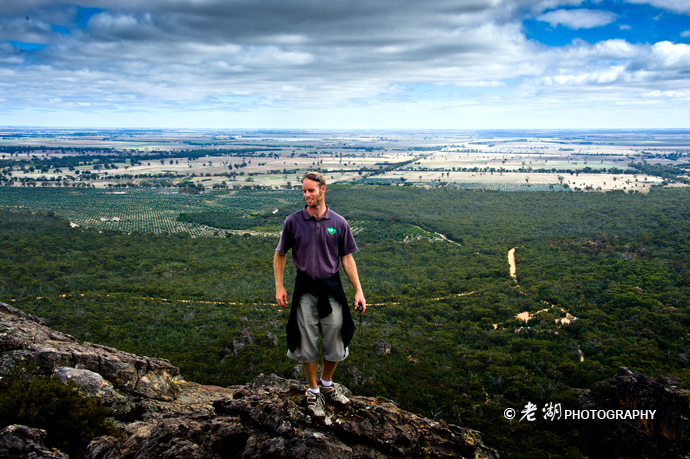
Luke often showed off his skills, jumping around on the edge of cliffs, relaxed and at ease as if walking on flat ground. I noticed that in foreign tour groups, guides don't seem as anxious about watching over their teammates as Chinese guides do. Perhaps because these travelers usually enjoy outdoor activities, they not only have good physical fitness but also rich outdoor experience, being both brave and careful, so everyone can take care of themselves.
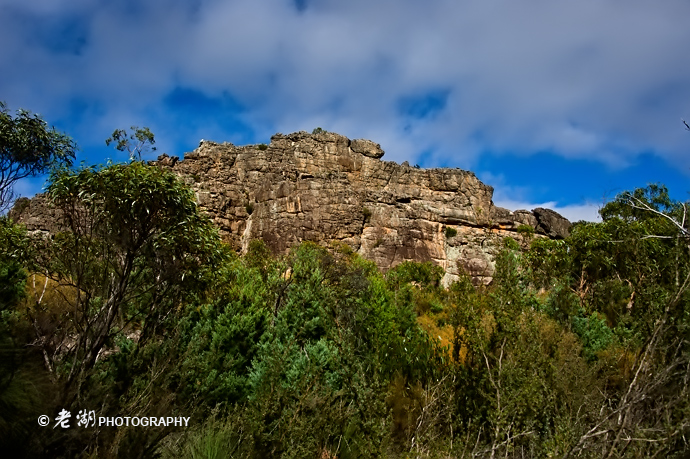
Two hours later, we all safely descended the mountain. Luke then took us to see some rock paintings, but unfortunately, I was so caught up in the scenery that I forgot to photograph these precious wall paintings - something I've regretted countless times since. At 1:30 PM, Luke drove us to a small town for lunch, but we found it packed with people, cars, and outdoor tents everywhere, without even a parking spot available. After finally finding space in an empty lot, we got out and had a simple lunch of sandwiches at an unoccupied outdoor table.
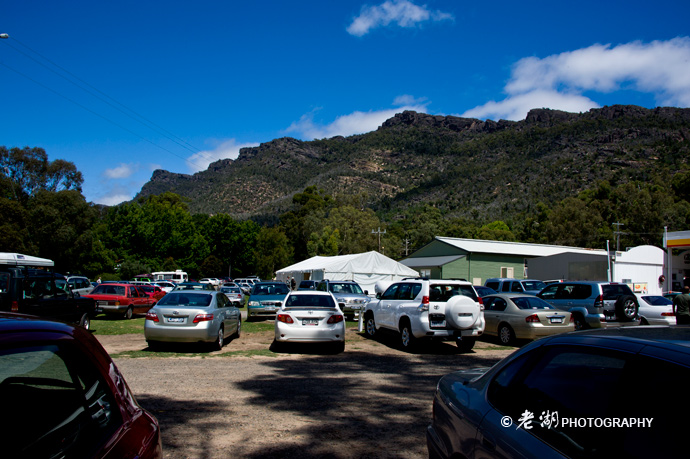
We had never seen such a gathering of local residents - this was the largest crowd we'd encountered since arriving in Australia. Before this, seeing empty small towns, we'd wondered where everyone had gone; now we had our answer. After finishing our meal, we joined the local crowd, seeing many elderly people, mostly couples who had driven here, wearing small badges. Looking closely, they were commemorative badges for a jazz festival.
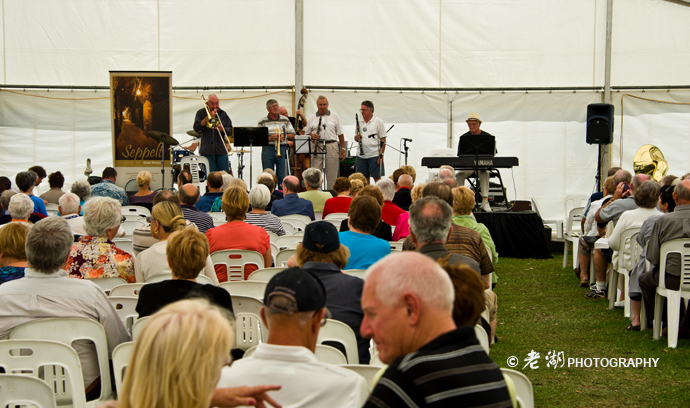
It turned out this was the long-running Grampians Jazz Festival, where elderly people gathered to enjoy free jazz performances by artists. Though it was very hot inside the tents, everyone enthusiastically enjoyed the music. After visiting the jazz festival, we went to the Brambuk National Park Cultural Centre to learn about local aboriginal culture and life. We saw hiking trails leading into the mountains behind the cultural center, but we no longer had time for hiking. We ended our three-day Great Ocean Road journey and started our return trip. Most of the group was heading back to Melbourne by bus, while six of us needed to continue on, transferring at the town of Ballarat on the way back to Melbourne. We would take a six-hour bus that night to Adelaide - we were heading to Alice Springs in the Northern Territory, while four young French people were going to Perth in Western Australia.
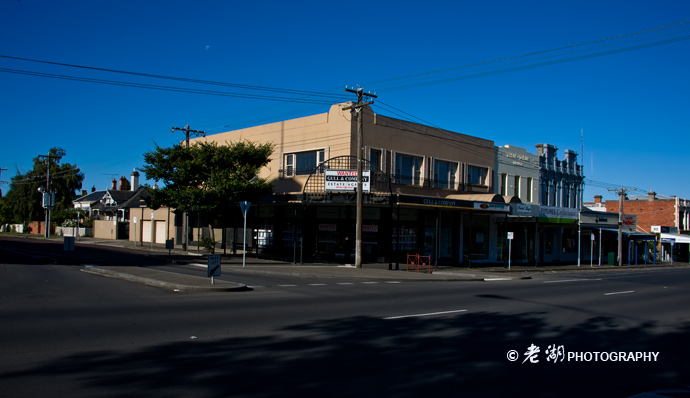
Around 2 PM, our bus entered a small town with picturesque scenery and various historic buildings that gave it a special charm - this was Ballarat. Located about 120 kilometers from Melbourne, Ballarat is a famous historical gold mining town. It was the first town where gold was discovered, and many Chinese laborers came here to work. The gold mine sites are still preserved today. Six of us got off here, and all team members exchanged email addresses. We said goodbye to our teammates and Luke with some reluctance. Travel always involves meetings that leave beautiful memories, but inevitably there must be partings. Perhaps after this goodbye, we might never meet again in our lives - maybe this is the inevitable pain every traveler must experience.
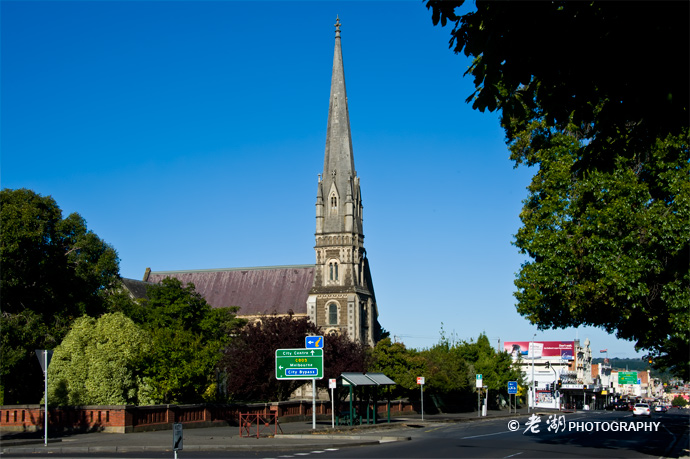
We arrived at Ballarat bus station. Our travel agency had booked tickets for 10 PM, so we had time to explore Ballarat. We paid to store our backpacks in the station lockers and went out to explore. However, the shops on the main street were already closed, leaving little to see, so I took photos of the street and various buildings instead. Besides the historic architecture, there were many statues on the street. Although it was nearly dusk with poor light, making the photos less impressive, we still photographed everything along the street to pass the time. Though there was an attraction called Sovereign Hill with gold mine ruins and historic buildings, we weren't particularly interested and preferred photographing the old buildings on the main street.
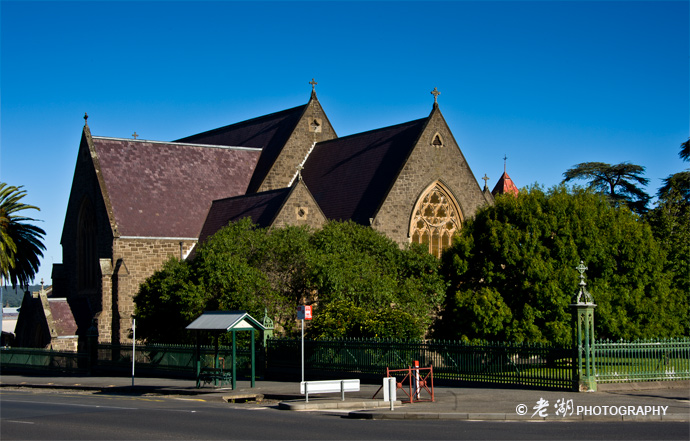
After walking the entire main street, we finally found an open café where we sat down for some pizza and coffee. It was only 8 PM, still two hours before our bus departure, so we wanted to find a supermarket to buy some food and drinks. We finally met a local woman on the street and asked for directions. She enthusiastically told us how to get there, then offered to drive us in her car. It was remarkable how the locals had no wariness of strangers. Since we had plenty of time, we quickly thanked her and walked to the supermarket ourselves. Having heard that there were many flies at Uluru in the Northern Territory, we bought insect repellent at the supermarket, along with milk, juice, and a large grape cake. Later, this cake would last us several meals on the bus.

After an eight-hour bus ride, we finally arrived in Adelaide around 6 AM on February 14, 2011. It wasn't fully light yet. We said goodbye to our four teammates who were flying to Perth, and continued resting on the station chairs. Around 8 AM, we found computers with internet access at the station's shop, and the attendant was Chinese who could speak some Mandarin, which was nice. We paid to use the internet, checking the train schedule from Adelaide to Alice Springs, only to discover there was just one train per week. We then checked flight tickets and found they cost over 400 AUD (2,500 RMB), and worse still, we would have to fly back to Sydney near Melbourne before transferring to Alice Springs. This meant we had wasted a whole night taking the bus to Adelaide - that's the consequence of not planning ahead. February 14 was Valentine's Day, and we were stuck with several heavy backpacks, at a loss for what to do. I had thought that if necessary, we might have to risk renting a car (without getting our licenses certified) and drive to Alice Springs over a day and night.
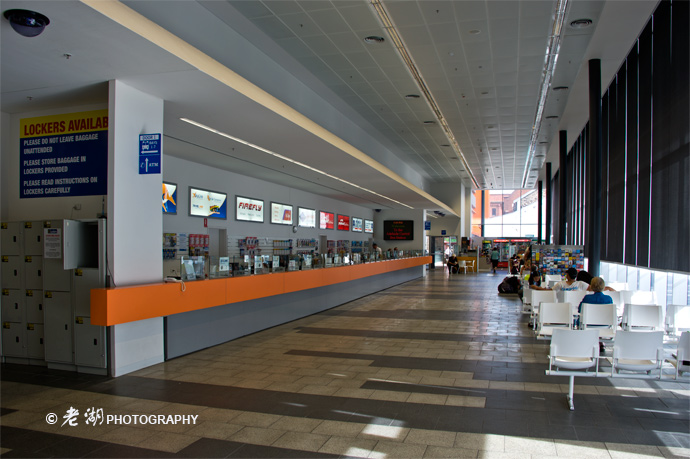
Just then, we noticed a Greyhound bus counter at the station and immediately inquired. To our delight, Greyhound had a bus to Alice Springs that evening - though it would take a full 24 hours! We had already endured an eight-hour ride that left our necks nearly broken, and now we faced another 24 hours, but we had no choice. We had to visit the not-easily-accessible Northern Territory to see the mysterious big rock, so we decided to buy tickets. Happily, the YHA card gave us a discount, making the fare 217 AUD. Greyhound also helped us book a three-day tour from Alice Springs to Uluru, which wasn't cheap at 320 AUD. However, the Greyhound bus would also depart in the evening, so we had a day to explore Adelaide. Although Adelaide is Australia's fourth-largest city, it only takes a few minutes to walk from the station to the city center. Chinatown was right across from the station, so we decided to check it out first. We saw a Chinese travel agency with Chinese signage, went in to look, and the staff member was Chinese who spoke Mandarin. We had her help check flight tickets from Alice Springs to Brisbane, and seeing the price was reasonable, we bought them.
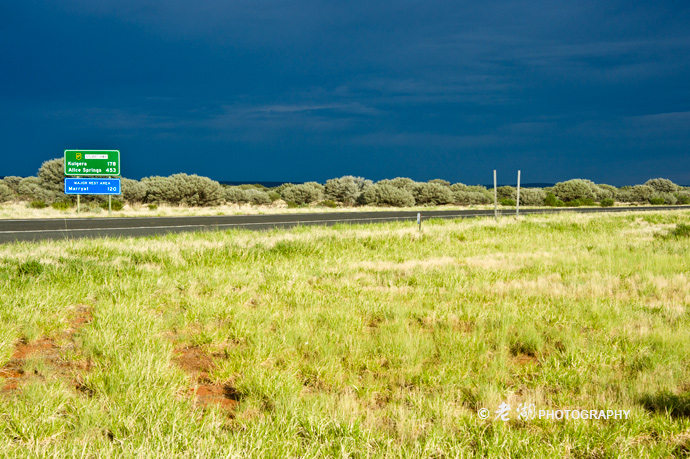
After that, we explored the Chinatown market and looked at a second-hand camera store. For lunch, we had a 60-dollar beef noodle bowl at a restaurant run by Beijingers, then took a free sightseeing bus that circled Adelaide. We were so tired that we were half-asleep on the bus and didn't see much. We bought some fruit at the market and planned to rest in a park while eating it, but the park was full of vagrants which made us uncomfortable. We didn't even want to take photos and quickly returned to the station, where we encountered another problem. As soon as we arrived, we heard the Greyhound bus staff calling my name. When we went over, they said our booked 3-day Uluru tour was full. We felt both angry and helpless - we had already paid in full for the three-day tour, and had just booked flights back to Brisbane for the fourth day, plus our return international flights were pre-booked for the fifth day. We didn't know what to do if we couldn't join this tour. We showed them our newly booked flight tickets and return international tickets, and after several phone calls of coordination, they said it was okay - apparently they had tried to bump us from the tour! We felt relieved. Since we would be spending the night on the bus, I went to the station bathroom to brush my teeth and wash my face, where I met a homeless person also washing up. I felt like a vagrant myself, though this feeling wasn't bad. Adelaide station left a deep impression on me. Although we didn't take any photos of Adelaide, I did take one photo of the station waiting room as a memento of the more than ten hours we spent there.
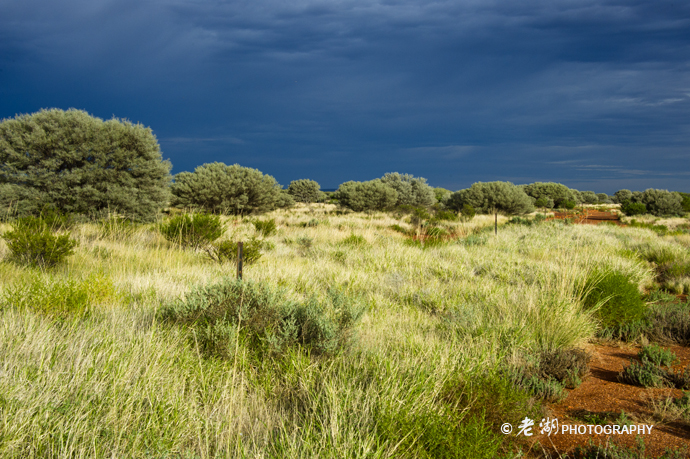
The most unpleasant incident of this 18-day journey also happened at Adelaide station. I originally wasn't going to write about it, but I'm sharing it as a lesson for others. When we boarded the bus at 6 PM, the Greyhound driver was putting passengers' large backpacks in the luggage compartment under the bus. Since my backpack was heavy, I wanted to help the driver. When it was my turn, I carried my heavy backpack to put it in myself - also because I was worried about the laptop inside getting damaged. At this point, the Greyhound driver yelled at me: "This is my job, you're not allowed in here!" Only then did I realize that Greyhound probably doesn't allow passengers to access the luggage compartment, requiring drivers to handle the luggage themselves. Just as I was saying "Sorry" and preparing to put down my backpack, the driver yanked me out and grabbed my backpack that I hadn't yet released, throwing it directly onto the floor at the back of the luggage compartment.
I didn't know I wasn't supposed to enter the luggage compartment. On the several RedLine bus trips I'd taken before, I had always put my luggage in myself, and the drivers never said it wasn't allowed. Later, on many group tours, everyone also handled their own luggage. After stepping back, I noticed there were no warning signs on the bus's luggage compartment prohibiting entry. I hadn't expected a driver from the famous Greyhound to be so rough in attitude. I thought about complaining but decided against it to avoid delays. However, this taught me a lesson: while traveling, sometimes trying to be helpful isn't necessarily the right thing to do.
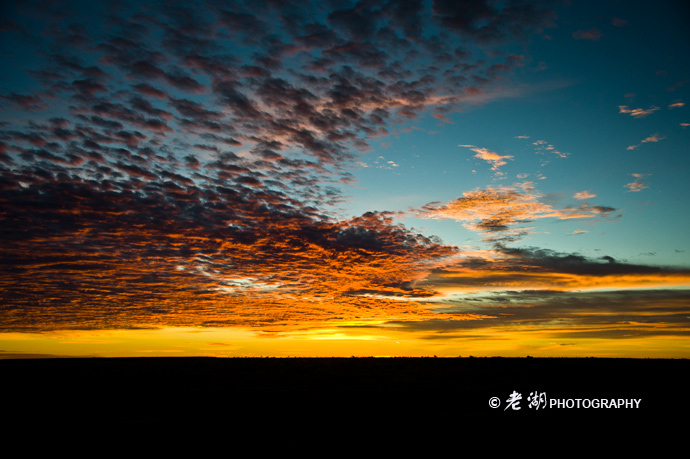
The bus departed at 6 PM, filled with travelers from various countries. We met a young girl from Taiwan during rest stops and chatted briefly - she was also on a working holiday visa and traveling. During the 20+ hour journey, sleeping at night was the most painful part. My neck hurt terribly from sitting, so I rolled up a fleece jacket and put it under my neck for some comfort. I don't understand why the seats were designed so high - many tall foreigners also brought inflatable pillows, and locals even brought regular pillows on board, so perhaps it wasn't just an Asian physique issue. Despite the unpleasant incident and tiring journey, the scenery along the way grew increasingly beautiful, making us quickly forget our troubles. On the morning of February 14, 2011, a ray of sunlight lit up the window, painting the orderly clouds with an incredible red glow. Unable to stop the bus, I immediately grabbed my camera and started shooting from the 100km/h moving vehicle. To get clearer shots, I used high-speed continuous shooting mode. The crisp sound of the D3's shutter woke up sleeping passengers, who followed my camera's direction to see the sunrise outside. They exclaimed in amazement and also took out various cameras to photograph non-stop - the scenery truly enchanted everyone. By this time, we had entered the Northern Territory and would soon reach Alice Springs, where we would quickly discover the mysteries of this red land! Touring Australia for 18 Days - Exploring the Northern Territory
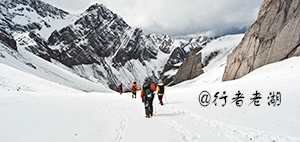
LIMITED TIME OFFERS
Related Apartments
Premium accommodations at exceptional prices.
Elevate your travel experience with our carefully curated holiday deals.
 Murray Street, Pyrmont NSW, Australia
Murray Street, Pyrmont NSW, Australia $140 - $250
-
1 Bedrooms
-
1 Baths
-
2 Guests
 Ryde Rd, Gordon NSW, Australia
Ryde Rd, Gordon NSW, Australia $140 - $190
-
2 Bedrooms
-
1 Baths
-
2 Guests
 King Street, Rockdale NSW, Australia
King Street, Rockdale NSW, Australia $165 - $210
-
2 Bedrooms
-
2 Baths
-
2 Guests
 Keith Street, Dulwich Hill NSW, Australia
Keith Street, Dulwich Hill NSW, Australia $220 - $350
-
3 Bedrooms
-
2 Baths
-
3 Guests



![[AUS Koala Country Travelogue] Season 3 — Gold Coast Chapter](https://www.sydneynest.com/uploadfile/202506/a2cc2d28ca567b4.jpeg)
